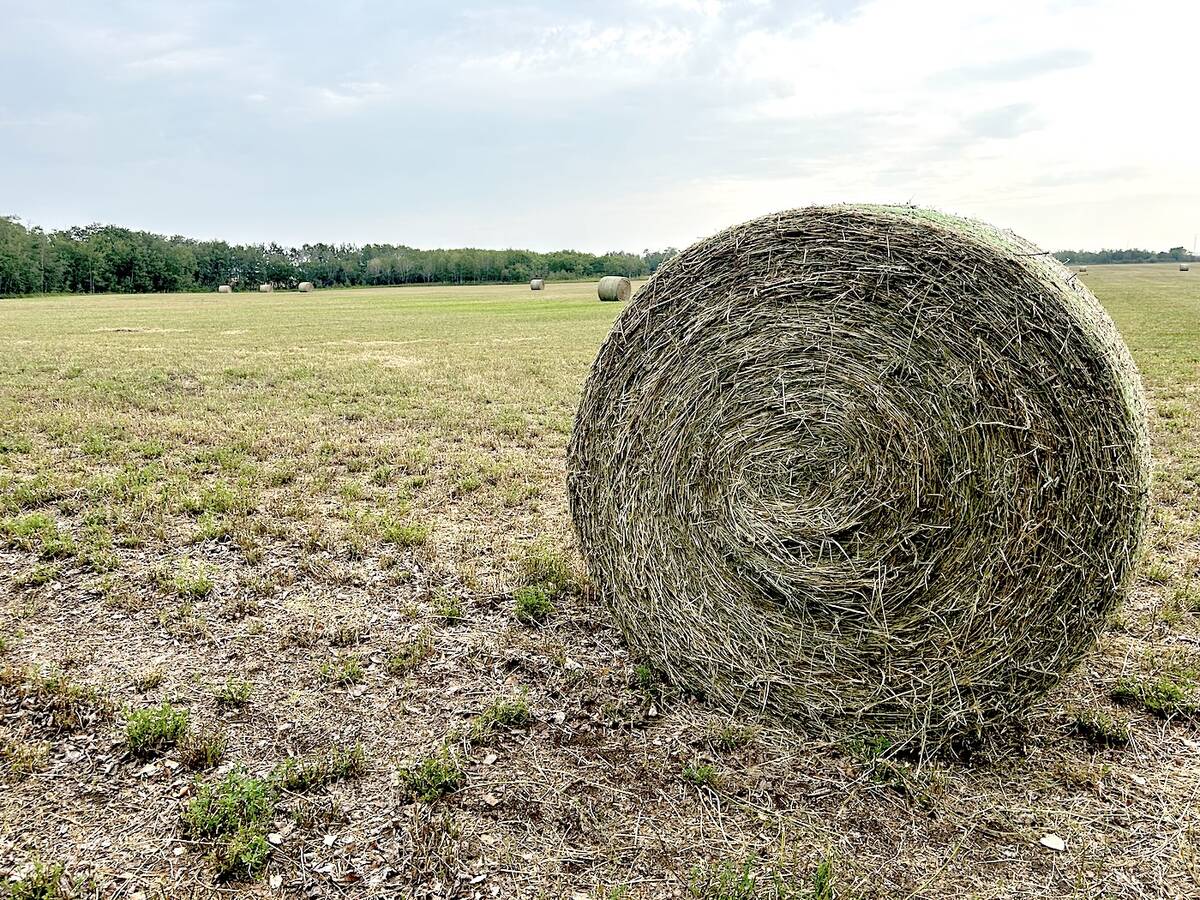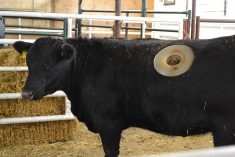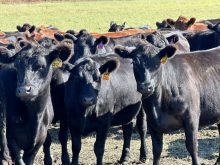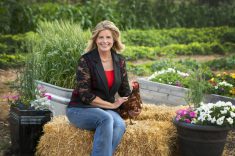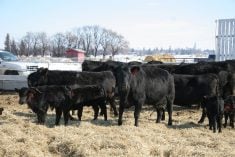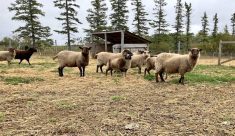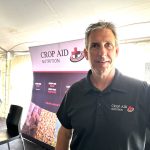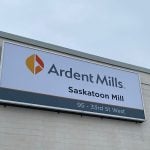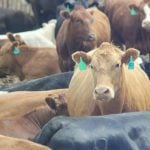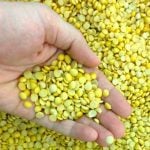Alberta is going into winter with adequate feed supplies, said Neil Blue, provincial crop market analyst with Alberta Agriculture and Irrigation.
According to Blue, Alberta has enough forage and feed grain to meet livestock needs heading into the upcoming winter season.
“The Peace River area and eastern side of Alberta generally had below average hay yields due to lack of rain and spotty showers,” said Blue, who is based in Edmonton and farms near Vermilion.
Read Also
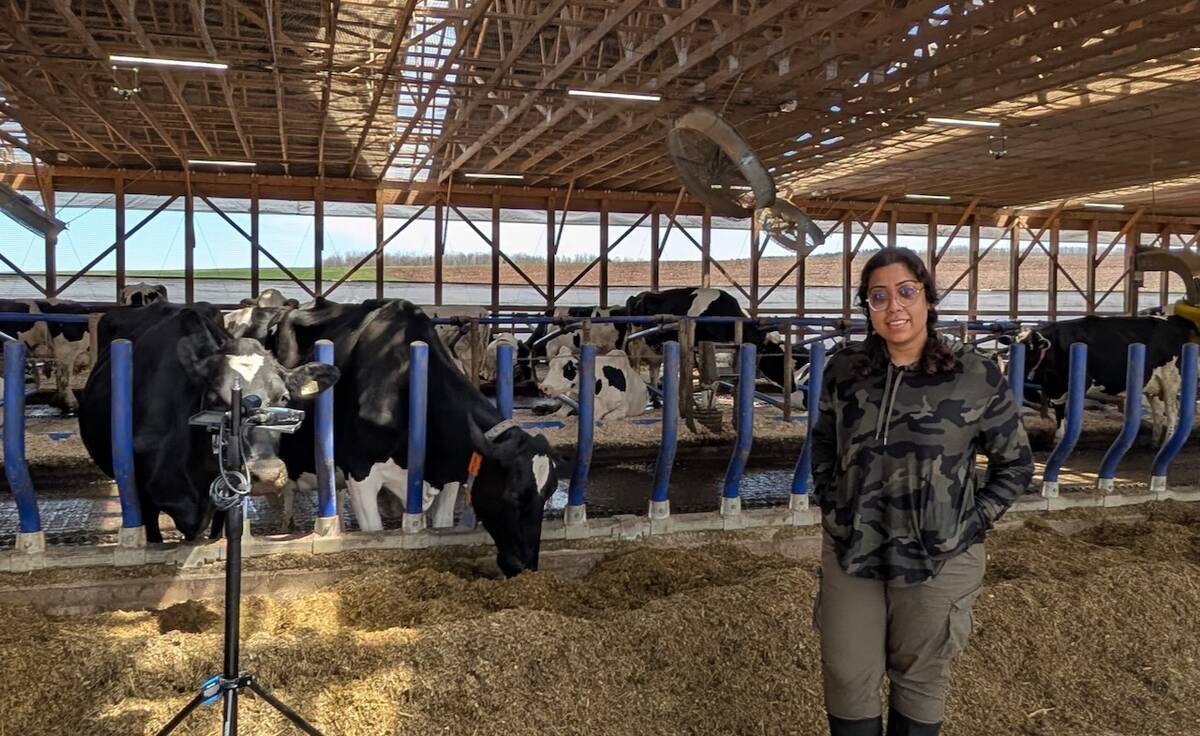
Moo translator and methane measures: There’s an app for that
Dalhousie University researchers use artificial intelligence to create new dairy farm apps that analyze cattle sounds and measure methane.
Hay yields from central and southern Alberta were mostly average to above average, he said.
“The hay was generally baled in good condition with little to no rain while it was curing in the field,” he said.
Marketing sites in Edmonton and Calgary areas show lots of hay for sale, but there is less hay advertised for sale in northeastern Alberta and generally down the east side to Medicine Hat, he said.
“It’s tighter than maybe we would like, but it will be fine. Farmers are resilient so they’ll find a way. They’re making other arrangements in some cases,” said Blue.

He has been following hay sales on websites like Facebook and Kijiji.
“Asking prices for large round bales seem to be in the range of 10 to 12 cents a pound picked up. And of course, for any trucking distance required, trucking would add or could add significantly to that price,” he said.
Some hay is available outside that price range, but 10 to 12 cents a pound seems to be average.
“That’s not that much higher or different than last year, when we had higher volumes of hay produced,” he said.
The years of drought have made feed supplies patchy across the province.
“In the Vermilion area, some yields are average or better and some are just not good at all. In that central upper area, things are pretty good, generally, but variable,” he said.
“On the other hand, there were enough showers in most areas to have provided a reasonably okay, not always average, sometimes below average cereal crop. In some of those areas, there is quite a bit of straw being baled. In the case where there aren’t adequate feed supplies, some producers will use straw and combine it with feed greens, like oats or barley, along with some pellets to try to get by,” he said.
The eastern side of the province, the northeast and the Peace Country will have some deficits, but there aren’t as many cattle in that region that will be affected by short supplies.
The Peace Country has the lowest supply of feed, and people in the area may decide to buy hay from other areas.
“Even up there, in some areas west of Grande Prairie, for example, and north, there are some showers that came through and some of the crops weren’t too bad. And yet, just a mile or two away, or a few miles away, the crops weren’t good. And the same applies to the forage situation and to pasture for that matter.”
Farmers in areas with low feed will buy feed from surplus feed areas. “Some might ship a portion of their cattle away from the area to be custom fed in areas that have more hay. It might be cheaper to ship the cattle and have them custom fed then bring the hay in. Some might even sell part of their herd to reduce winter feeding costs,” he said.
Blue said there was a reduction of the herd during the summer based on the dryness, which reflected poor pasture conditions.
“I guess the one good thing about that alternative is that cattle prices are record high, and so at least the prices were high when they were selling or reducing their herd,” he said.
Alberta’s cattle herd is smaller, which means less need for feed.
“On the hay side, like perennial forage, there’s been a reduction in hay acreage over time too, in favour of annual crops which have had better economic conditions for the last number of years. I guess, despite me promoting the idea of seeding more acres to hay, just from a rotational benefit point of view, it generally hasn’t happened yet,” said Blue.
More acres could be seeded to hay if the current mediocre or lower annual crop prices remain, he said.
Alberta Agriculture and Irrigation has a product that it put out in the spring called Cropping Alternatives, which can be found online. Blue said the website showed that forage may have been one of the better promises of net income compared with the annual crops.
Crop prices are generally weaker at harvest time, but since the spring, prices have dropped on a lot of annual crops.
“There may be a bit of a rebound in forage acres or interest in it. I’ve even promoted that idea for those that do not have cattle, that they could maybe arrange in advance with someone who does have cattle, or who does custom cutting and baling of hay,” he said.
The feed situation going into the winter is decent.
“Farmers will find a way and the bright spot is for those who decide they don’t want to ship their cattle out, or pay the cost of getting hay brought in, they could reduce the herd a bit or ship some of their herd to be fed elsewhere. Cattle prices remain very high,” he said.
High cattle prices mean farmers will have the ability to pay for hay and likely have a profit, barring some kind of problem with livestock prices, he said.
The other option is to sell some livestock to reduce the herd to manage available supply.


